ErectaStep
-

Jack Murphy Named President of SafeRack and ErectaStep
SafeRack and ErectaStep, industry leaders in industrial safety equipment and modular access solutions, are pleased to announce the promotion of Jack Murphy to President. In this expanded leadership role, Murphy will guide the strategic direction, operations, and continued growth of both brands, reinforcing their commitment to delivering innovative, American-made safety solutions to industries worldwide. Murphy…
-

ISO 14001 Audits with Zero Major Findings
Andrews & West Chester Locations Complete ISO 14001 Audits with Zero Major Findings
-

SixAxis Achieves ISO 14001:2105 Certification
We are proud to announce that our brands, SafeRack, Upside Innovations, and ErectaStep, have all achieved the ISO 14001:2015 certification for our environmental management system.
-
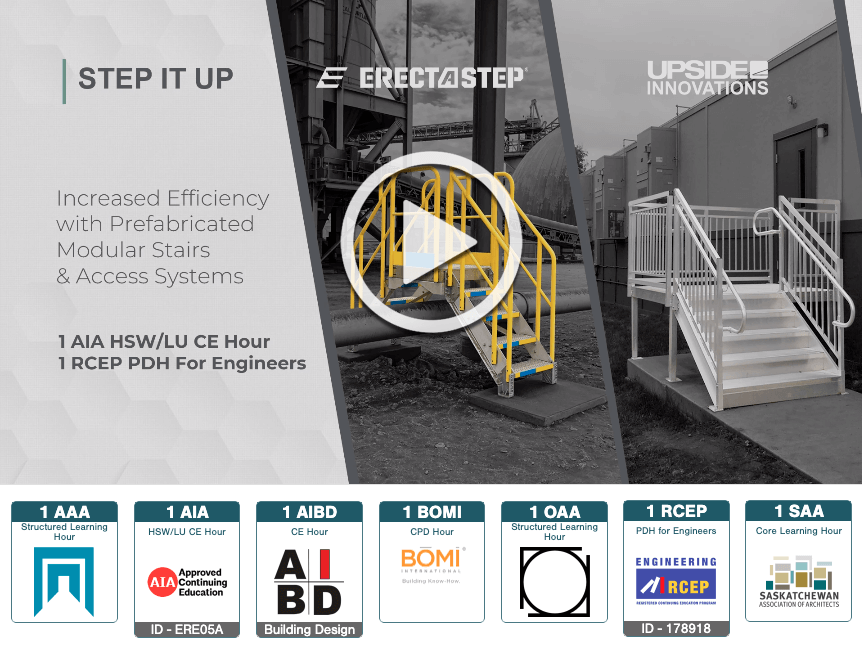
CE Course – Increased Efficiency with Prefabricated Modular Stairs, Access Systems, & Ramps
Earn CEU credits with our free one-hour online course that discusses prefabricated modular metal stairs, access platforms, and ramps. Participants will learn about the benefits and relevant codes from OSHA, IBC, and ADA regarding stairs, ladders, and handrails, but they will also learn how to specify modular stair components and configurations to facilitate code compliance…
-
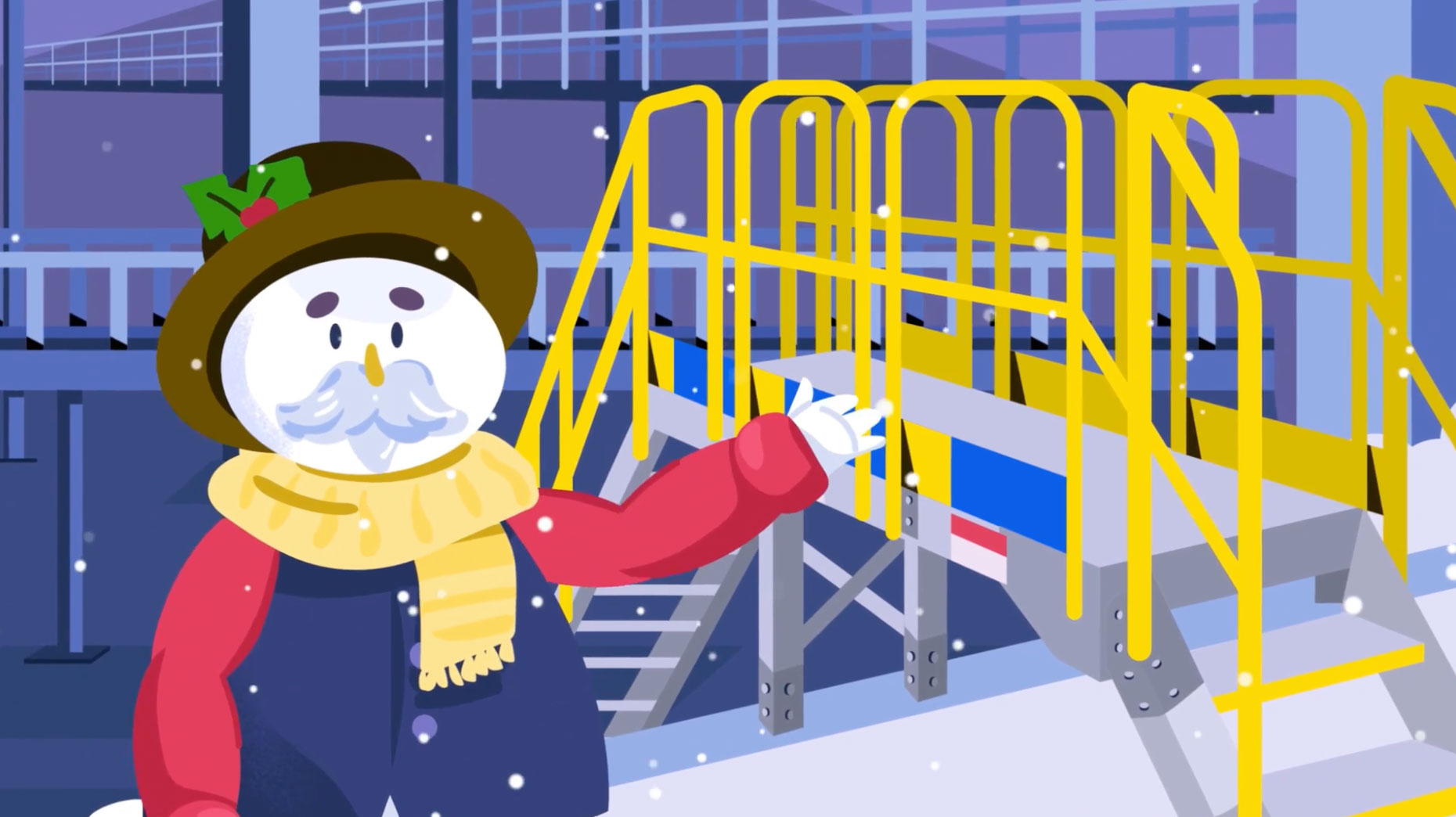
Banish unsafe stairs and equipment to the Land of Misfit Platforms and Steps.
Despite the craziness of the past year, we can be grateful that so many employers are improving their focus on workplace safety. In the spirit of the season, aspiring safety manager Herbie the Elf spreads the message of safety, making the world a safer place for everyone. Don’t let rickety, unsafe equipment ruin the Christmas…
-

Co-Founder & CEO of SixAxis Manufacturing to Step Down at the End of 2021, President Named Successor
Rob Honeycutt, Co-Founder & Chief Executive Officer, plans to step down from his current role as CEO at the end of 2021. The Board of Directors has appointed Jeff Reichert to succeed Honeycutt as Chief Executive Officer on January 1, 2022.
-

The turkeys are smoked!
In 2020 we felt it would be appropriate to take a different approach to our annual Christmas video and decided to make a difference.
-

Have you lost the true meaning of Christmas?
The new Christmas video is live. It’s our 10th year doing these, and we think it turned out great.
-
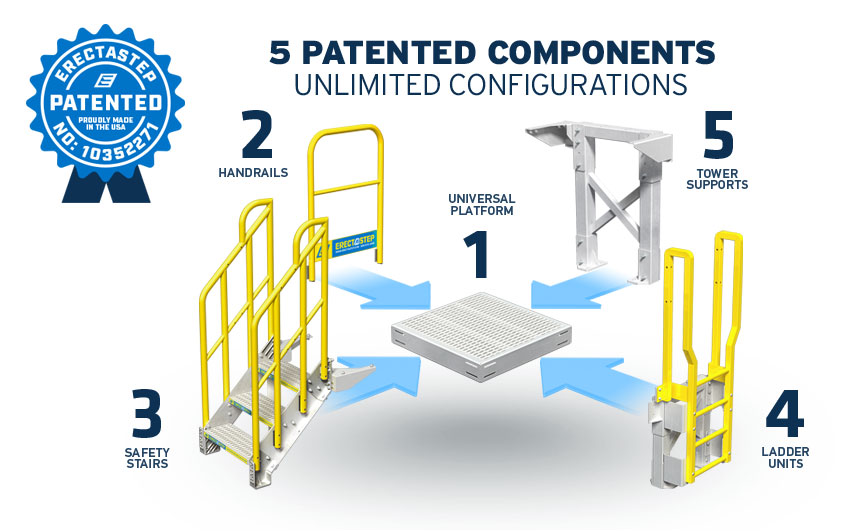
SixAxis Secures Utility & Design Patents on Ingenious ErectaStep Products
Andrews, South Carolina – October 29, 2019 — Adding to a growing list of over 24 innovative proprietary industrial designs, SixAxis, LLC secured U.S. patent 10,358,871 in July of this year on behalf of its ErectaStep brand. The product line is ingeniously simple, composed of 5 OSHA compliant modular components designed with an infinite number…
-
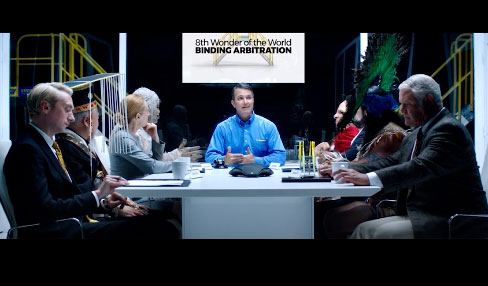
SixAxis’ ErectaStep touted as the “8th Wonder of the World” in an unprecedented national media campaign
Andrews, South Carolina—Already recognized as the world leader in manufacturing loading platforms and fall-protection products, SixAxis launched a clever and comedic national media campaign through their in-house creative marketing agency red7 last week promoting ErectaStep, their line of industrial modular stairs, catwalks, and handrails designed to increase safety and efficiency for some of the world’s…
-
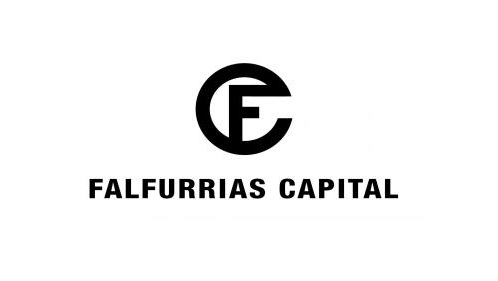
Falfurrias Capital Announces Strategic Investment in SixAxis
Falfurrias Capital Announces Strategic Investment in SixAxis SixAxis is a leading manufacturer of safety equipment, including SafeRack, ErectaStep brands CHARLOTTE, N.C. (Sept. 21, 2017) – Falfurrias Capital Partners (“FCP”), a Charlotte-based private equity firm focused on investing in growth-oriented, middle-market businesses, and SixAxis LLC (“SixAxis”), the leading manufacturer of advanced products that increase worker…
-

SixAxis Statement Regarding Hurricane Harvey
On behalf of the entire SixAxis family, our thoughts and prayers go out to all of those impacted by this devastating storm. We know for certain that many of our employees, dealers, and customers in the area have sustained significant damage and hardship as a result of this historical disaster. SixAxis is contributing $5,000 to…
-
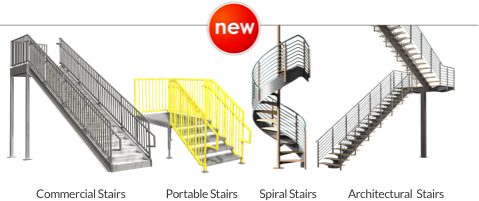
ErectaStep Expands Facility and Product Line
ANDREWS, SOUTH CAROLINA — (August, 16, 2017) – Continuing with their commitment to providing world class stairs and access platforms, today, ErectaStep announces the introduction of three new products designed to fill the demand for higher quality metal stair kit solutions to serve the commercial and architectural marketplaces. ErectaStep is to begin production of four…
-
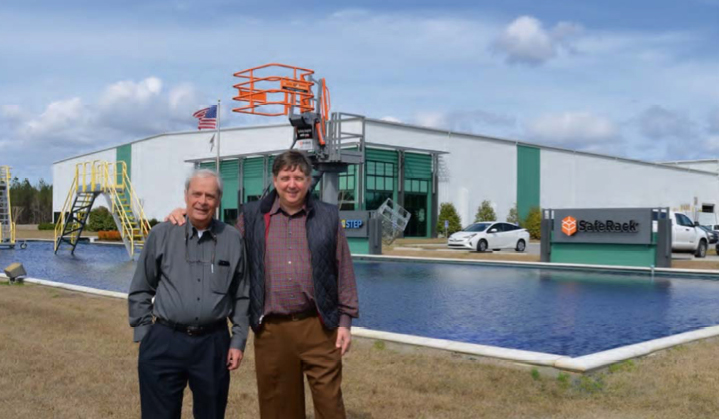
New ways of thinking lead to opportunity and growth
By Andrel S. Langely SafeRack co-founders Fred Harmon and Rob Honeycutt stand in front of the global company’s 225,000-square-foot facility in Andrews, S.C. Not seeing any virtue in simply doing things the way they’ve always been done has led to grand things for SafeRack co-founders Rob Honeycutt and Fred Harmon. SafeRack started in 2003 when…
-
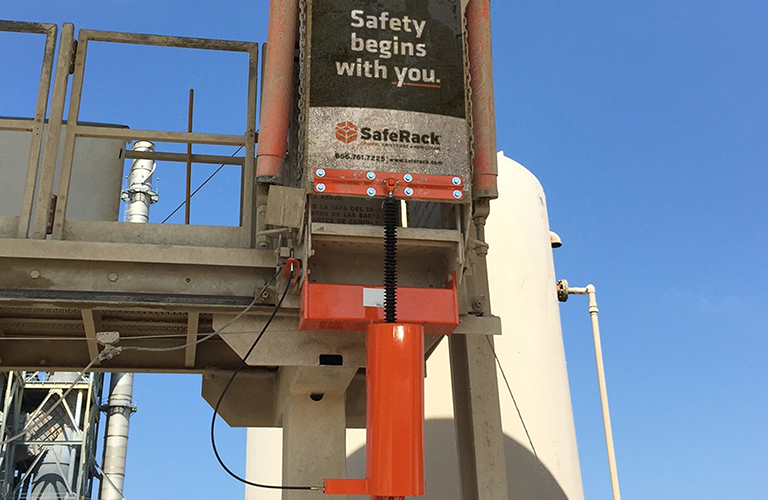
SafeRack LLC named supplier of choice for Holcim (US) and Lafarge North America Inc. plant and term
Holcim (US) and Lafarge North America Inc., US businesses of LafargeHolcim Ltd, One of the world’s leading suppliers of cement, aggregates, concrete and asphalt, have announced that they have selected SafeRack to be their exclusive provider of trailer loading gangways, platforms, and safety related loaded equipment for the entire US marketplace. Two months of joint…
-

About the buying experience
How one manufacturer streamlined quoting and grew 500 percent in six years. Metal fabricators have a history of growing through word-of-mouth. Many companies go for years, sometimes generations, without hiring a single salesperson. It’s just the nature of this manufacturing sector dominated by small, multigenerational family shops. Few say their company is “sales-driven.”
-

A South Carolina Startup That Hacked The Industrial Process To Reach $100 Million In Revenue
As seen on Forbes.com By Christopher Steiner Rob Honeycutt’s success defies so many conventions within the entrepreneurial canon that it’s hard to pick which part of his tale merits telling first. As a salesman, he’s not supposed to be good with software. As somebody without a college degree, he’s not supposed to be able to, in a…